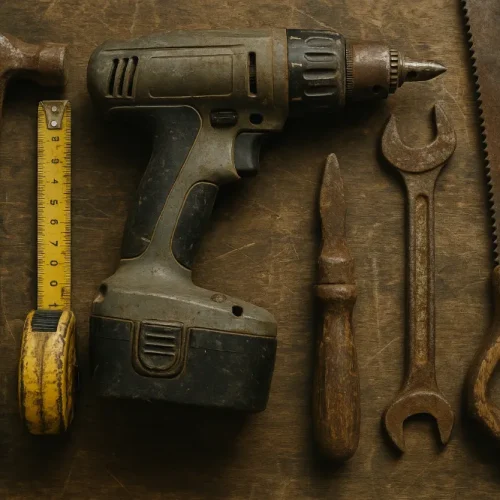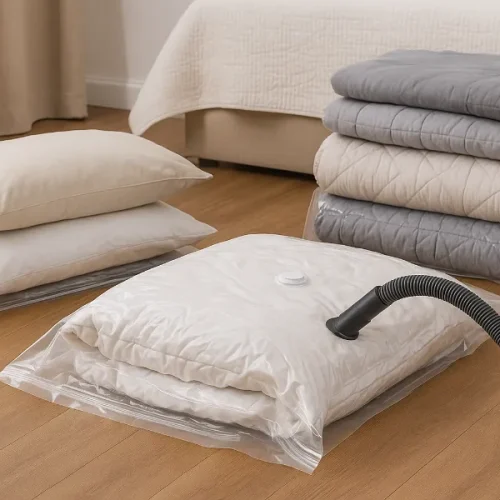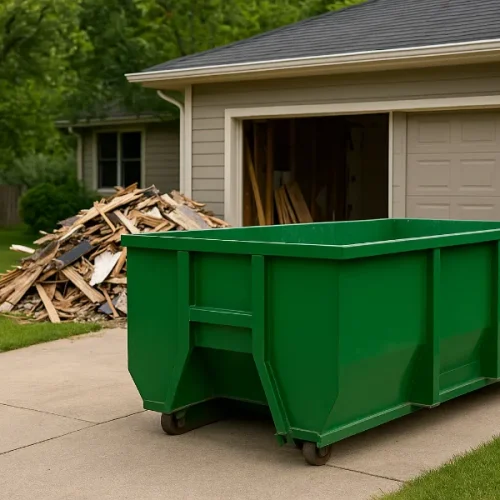When I was in second grade, Bobby Harrison was a classmate of mine in Miss Quinn’s class. He lived down the street in a large house next to our church with his parents and four siblings. One early morning during that school year, tragedy struck. Bobby’s house caught fire, and despite the desperate attempts of two neighborhood boys delivering newspapers, who begged the family to jump from a third-story window, the entire family succumbed to the smoke and flames. The memory of that fire, and the stories that followed, still haunt me to this day.
Fire-related tragedies like the Harrisons’ are heartbreaking and, unfortunately, far too common. Perhaps you’ve experienced something similar or know someone who has. Fires can leave a lasting impression, one that prompts us to take every precaution possible to protect our own families. For me, the fear of a house fire became even more real when I became a parent. Ensuring my home is fire-safe is not just a priority—it’s an obsession.
Like many of you, my husband Mark and I have adopted what we thought were diligent practices to keep our home safe. We hire licensed electricians for major electrical work, keep fire extinguishers in accessible locations like the kitchen, and diligently clean the lint trap every time we use the dryer. But as I recently learned, even these precautions may not be enough.
A Dryer Duct Discovery
The other day, I noticed that the duct hose connecting our dryer to the outside vent had come loose from the wall. A step stool stored nearby had fallen and dislodged it. I enlisted the help of my 14-year-old son Peter to move the machine back into place—thank goodness for his strength because that dryer wouldn’t budge for me!
While inspecting the area, I was shocked to find a thick coating of lint around the vent opening on the wall. I had always thought I was thorough in cleaning lint from the dryer, but this discovery proved otherwise. It made me realize how negligent I had been in addressing a hidden fire hazard. Did you know that 1 in 22 home fires are caused by washers and dryers? Most of these fires result from insufficient cleaning of the dryer vent.
Curious and concerned, I decided to investigate further. I went outside to check the external vent where the hot air escapes. What I found horrified me: the vent, concealed by the corner of our deck, was clogged with years’ worth of lint buildup. In the three years we’ve lived here, I had never once checked it.
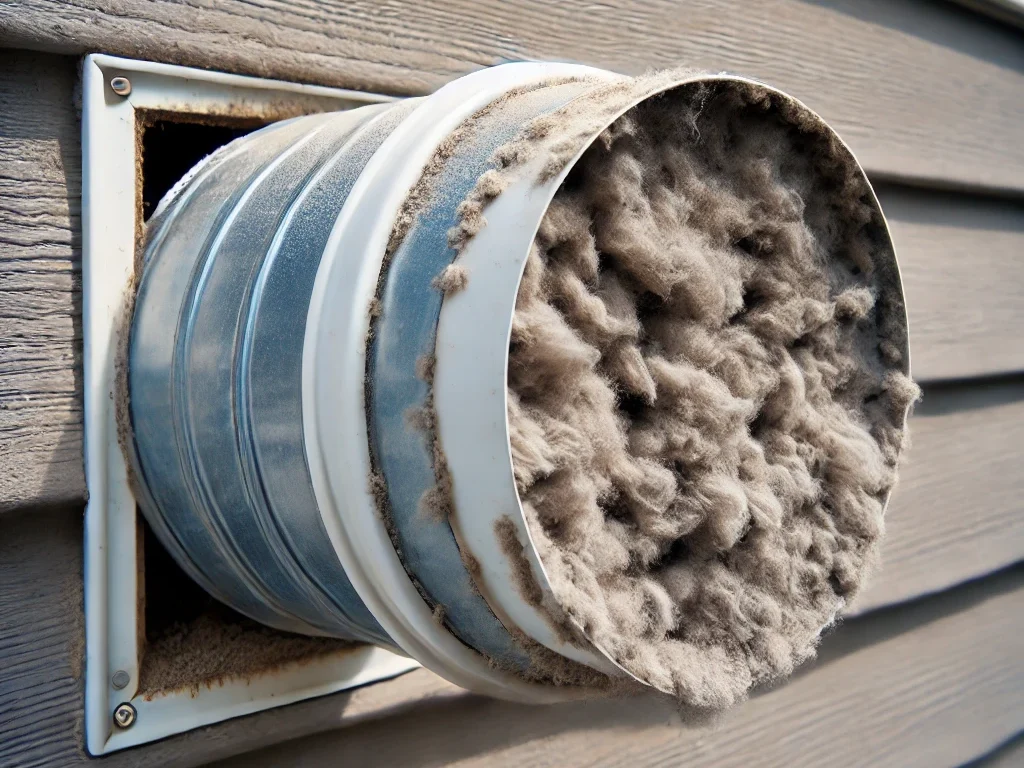
Taking Action: Preventing a Disaster
Realizing the potential danger, I removed the clogged vent and replaced it with a louvered model. The louvered design remains closed when the dryer isn’t in use, preventing critters from entering while allowing hot air to escape when the dryer is running. From now on, I plan to check this vent regularly to ensure it remains free of lint buildup.
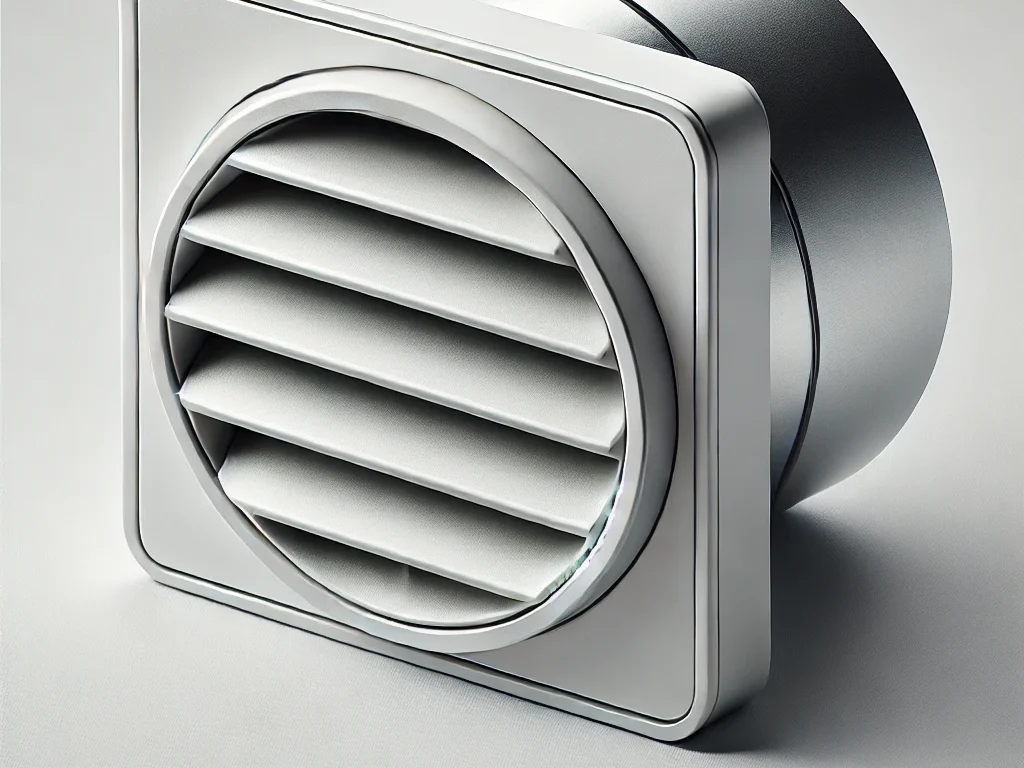
This experience also prompted me to re-evaluate the duct hose connecting our dryer to the wall. The one we had was the common foil-like “slinky” style, which I had seen in a video warning about its potential fire hazards. While I discovered that my hose was likely a non-flammable, UL-listed product, I decided not to take any chances. I replaced it with an aluminum duct hose, which is sturdier and more fire-resistant.
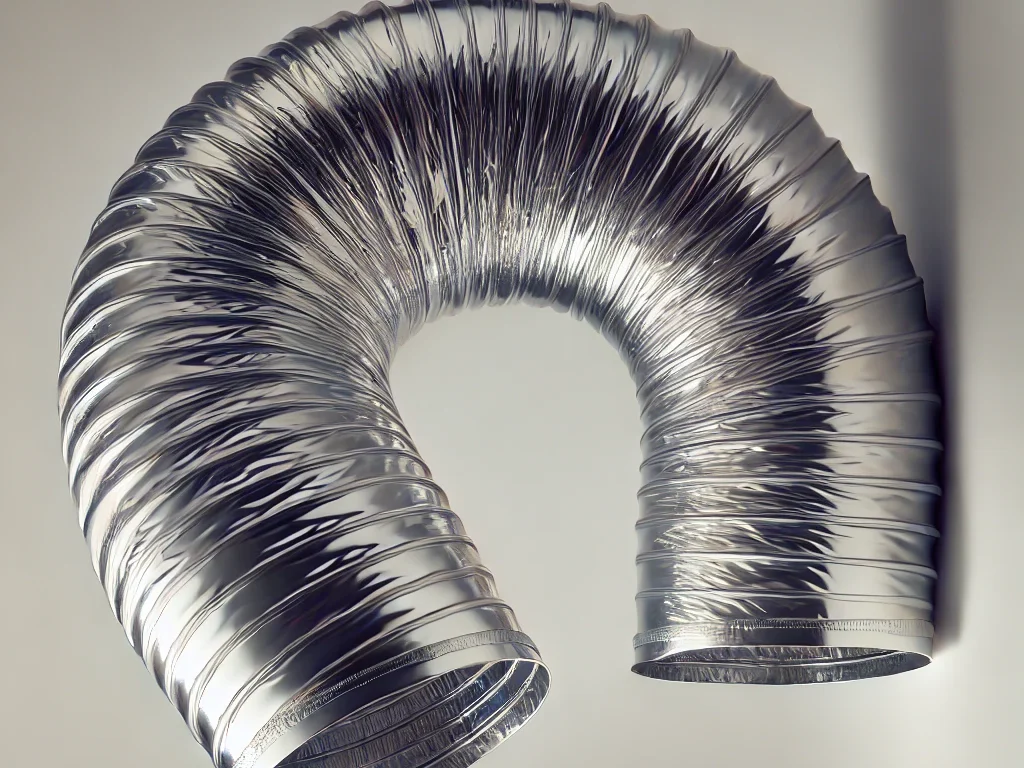
To satisfy my curiosity—and my kids’—we conducted a little experiment. We stuffed lint into the old foil hose and attempted to ignite it on our driveway. Despite repeated attempts, we couldn’t get it to catch fire. While this reassured me that our previous duct hose wasn’t as dangerous as I feared, I still felt better knowing we had upgraded to a safer alternative.
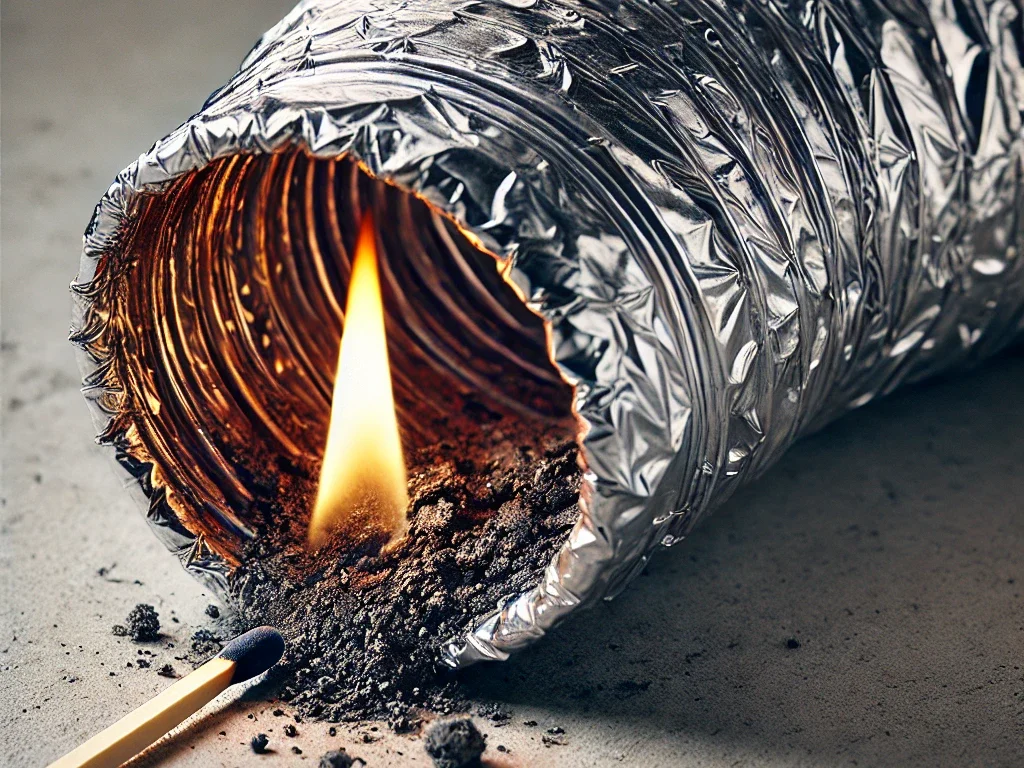
Lessons from the Past, Safety for the Future
The Harrisons’ tragic fire all those years ago wasn’t caused by a dryer, but it serves as a reminder of how devastating a house fire can be. That memory, combined with my recent discovery, has reinforced my commitment to fire safety. It’s easy to overlook small things, like a hidden vent or a loose duct hose, but these seemingly minor issues can lead to catastrophic consequences.
If you’re like me and use your dryer frequently—sometimes daily—it’s worth taking a few extra steps to ensure your home is safe. Here are some practical tips to help prevent a dryer-related fire:
- Clean the lint trap every time you use your dryer. This simple habit can significantly reduce the risk of a fire.
- Inspect your dryer’s ductwork. If it’s been a long time since your dryer was installed, pull the machine out and check for lint buildup in the duct hose and the wall vent. Replace the hose if it’s damaged or outdated.
- Examine the external vent. Go outside and inspect the vent where your dryer releases hot air. Make sure it’s clear of lint and debris and that no critters have made their way inside. A louvered vent can provide added protection.
- Upgrade your materials. Consider replacing older or flimsy duct hoses with a sturdy aluminum model for better fire resistance.
- Schedule regular maintenance. Set reminders to check your dryer vent and ductwork at least a few times a year. This simple task can prevent dangerous lint buildup.
Why This Matters
House fires caused by dryers are alarmingly common, yet they are also highly preventable. The National Fire Protection Association offers additional tips for dryer safety, and there are comprehensive resources available to help you safeguard your entire home from fire hazards.
For me, remembering the Harrisons’ story is a powerful motivator to stay vigilant about fire prevention. I urge you to take a moment to check your dryer and its components. A few minutes of effort could make all the difference in keeping your family safe.
Fire safety isn’t just about protecting property—it’s about protecting lives. Let’s take the lessons we’ve learned and turn them into action. Together, we can reduce the risk of tragedies like the one that claimed the Harrisons and ensure our homes are as safe as possible.




